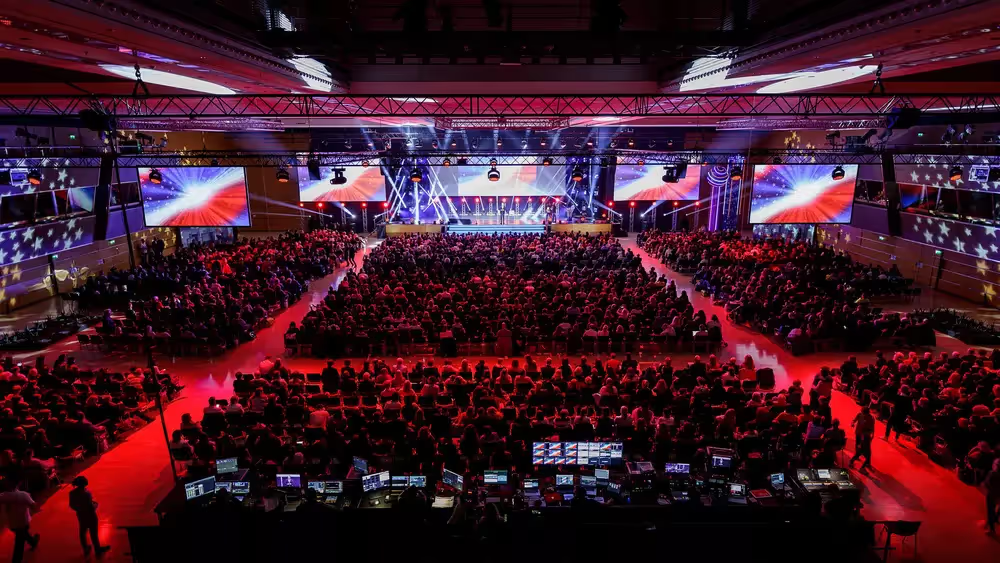When do companies need event management software?
There are various conditions in which the use of professional event management software offers an advantage for a company:
- The company organises a variety of internal and/or external events (indicative value of more than 10)
- The company regularly organises events with a high number of visitors (indicative of more than 150 visitors per event)
- The company organises a unique event with a high number of visitors (indicative value of more than 150 visitors) or a certain complexity in the event structure
If one of the above criteria is met, professional event marketing — and thus the use of event management software — is essential, regardless of whether events are used for customer acquisition, internal communication or for training purposes. If, analogous to digital marketing, relevant KPIs are also to be measured and analysed, there is certainly no way around event management software.
Why do companies need event management software?
The use of event management software is primarily used to to improve the efficiency and measurability of event activities. Central to this is that the solution helps event managers achieve their goals. The goals of event managers may differ from company to company. The following examples provide an overview of possible goals of event marketing:
- Maintain customer relationships, increase customer loyalty
- Education and training
- Acquiring new customers or accelerating sales
- Brand awareness for the company or the products
- Community Building
- Revenue from ticket sales
The use of professional event management software supports the achievement of goals by achieving automation and professionalisation in the following areas.
- Higher productivity through automation
- Centralisation of event data
- Overview of all event activities
- Possibility to analyse event activities along the event experience chain
- Higher completion rate (conversion) for registrations
What are the disadvantages of not using event management software?
Companies that do not yet use professional event management software face the following challenges with existing applications such as CRM, CMS and newsletter solutions:
- The use of various solutions takes up a lot of time and prevents a holistic view of event activities
- Media breaks lead to poor user experience and often to a lower conversion rate for participants
- Existing solutions only cover a limited part of the event experience chain, for example invitation via newsletter tool
- No accounting logics can be mapped
- Integrated communication options are missing
- Attendance at the event must be recorded manually
What is the “Return on Investment” of an event management platform?
Does using event management software pay off? This question must be answered individually for each organisation and depends on the individual objectives. Certainly, some benefits of event management software are difficult to measure in monetary terms. However, with improved productivity through automation and thus the cost savings for a company, a “return on investment” can be calculated using the following formula:
Total costs for software usage
All costs that arise due to the use of event management software. In addition to license costs, this can also include one-time implementation costs.
Savings in personnel costs
Automation and preconfigurations save time in the form of personnel costs. Personnel costs are reduced by between 50%-85% by automating event management software, depending on the number of participants.
Savings on licensing costs for peripheral systems
At best, systems are used which are no longer used due to a holistic event management solution and can therefore be saved.
From this, the following formula can be used:
ROI in% = (net savings/ total savings * 100) * (total savings/ total costs)
An example of calculating ROI
Using event management software costs a company CHF 5,000 per year. With five events of 500 people each, the company saves CHF 7,000 in personnel costs per year thanks to the use of event software. In addition, it no longer requires peripheral systems worth CHF 1,000. The example gives the following ROI:
ROI = (3000/8000 * 100) * (8000/5000) = 60%
With the use of event management software, an ROI of +60% can be achieved in this example.
Conclusion
The more participants an event has, the more productivity can be increased with event management software.




















.svg)















































































